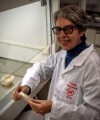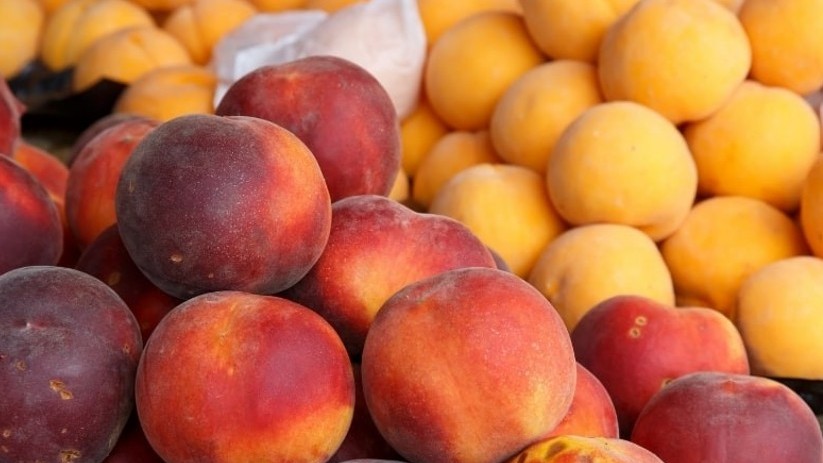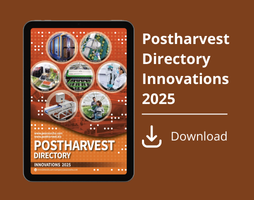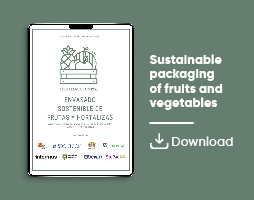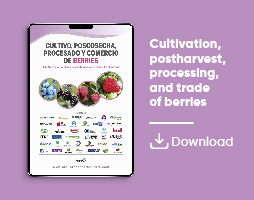News
Magnetic fields to inhibit softening in strawberries during cold storage
Exposing strawberries to magnetic fields preserves the cell wall matrix, maintaining the structure of various pectins
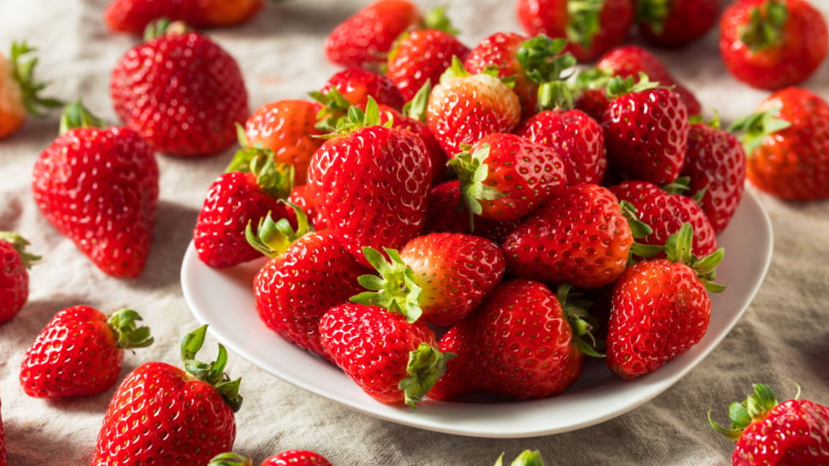
Strawberries (Fragaria × ananassa, family Rosaceae) are prized for their aroma, flavor, texture, and nutritional value. In addition, their bioactive compounds provide health benefits.
However, strawberries are highly perishable. Under typical low-temperature refrigeration, their shelf life is approximately one week, with firmness loss being one of the most significant changes.
Softening
The fruit cell wall is composed of pectin, cellulose, hemicellulose, and proteins. This structure supports and protects cells and is closely linked to the fruit’s firmness.
Softening occurs as a result of the degradation of cell wall components and the reduction of adhesion, mainly due to the depolymerization of pectin and the hydrolysis of polysaccharides.
These phenomena enlarge the pores in the cell wall and promote degradative enzyme-substrate interactions.
Studies have confirmed, for example, that ripening in peaches and tomatoes is closely related to changes in the solubilization, accumulation, and depolymerization of pectin.
Cell wall degradation
The enzymes responsible for cell wall degradation include polygalacturonase, pectin methylesterase, β-galactosidase, α-arabinoglucosidase, and endoglucanase. Therefore, controlling fruit softening through the regulation of degradation is a potential strategy for fruit preservation.
Magnetic fields as a physical treatment
Magnetic fields* are an emerging, effective and non-thermal treatment technology. They can inhibit microbial and enzymatic activity and are safe and non-destructive.
Magnetic fields can maintain the quality of fruits and vegetables over extended periods. For example, they can delay the ripening of cherry tomatoes and preserve their quality during storage. Fresh cucumbers treated with magnetic fields also show significant improvements in color, firmness, and deterioration compared to those stored under standard conditions.
Studies in strawberries
In a recent study, researchers analyzed the mechanisms behind the inhibition of softening in strawberries through magnetic field treatment during low-temperature storage, by observing changes in fruit quality, cell wall components, enzymatic activity, and gene expression related to the degradation process.
The effects of magnetic field treatment at different intensities (from 0 to 10 mT)** on sensory, nutritional, and microbiological indicators of strawberries during storage were studied.
The results showed that a magnetic field of 5 mT most significantly inhibited quality loss in strawberries compared to other intensities.
Electron microscopy analyses indicated that magnetic field application helps maintain the structural integrity of strawberry cell walls.
The treatment was also found to significantly inhibit the expression of genes associated with cell wall-degrading enzymes in strawberries, which slows the activity increase of several enzymes such as polygalacturonase, pectin methylesterase, pectate lyase, and endoglucanase.
Exposing strawberries to magnetic fields helps preserve the cell wall matrix, maintaining the structure of various pectins (such as ionic and covalent pectins), hemicellulose, and cellulose during storage.
Magnetic field treatment is an effective non-thermal preservation technique with potential applications in the food industry. This study provides technical support and a theoretical basis for addressing the short shelf life and high perishability of strawberries.
*A magnetic field is a region with properties that exert forces on electrically charged bodies. There are two ways to generate a magnetic field: using an electric current or a permanent magnet.
** mT (millitesla): It is a unit of magnetic field strength, where 1 mT equals one-thousandth of a tesla (T), the standard unit in the International System of Units (SI). 0–10 mT indicates that the magnetic field may range from zero to 10 millitesla, including all intermediate values. This describes the intensity range of a magnetic field, measured in millitesla.
Sources
Zhang, Y.; Hong, W.; Jiang, H.; Shao, D.; Si, X.; Wang, Y.; Li, D.; Li, B. (2025).
Effect of magnetic field treatment on the softening of strawberries during cold storage
Postharvest Biology and Technology, 227:113584
Image
https://planetacampo.canalrural.com.br/noticias/morango-conheca-as-tecnicas-de-producao-sustentaveis-da-fruta/ Accessed on 02/05/2025.


